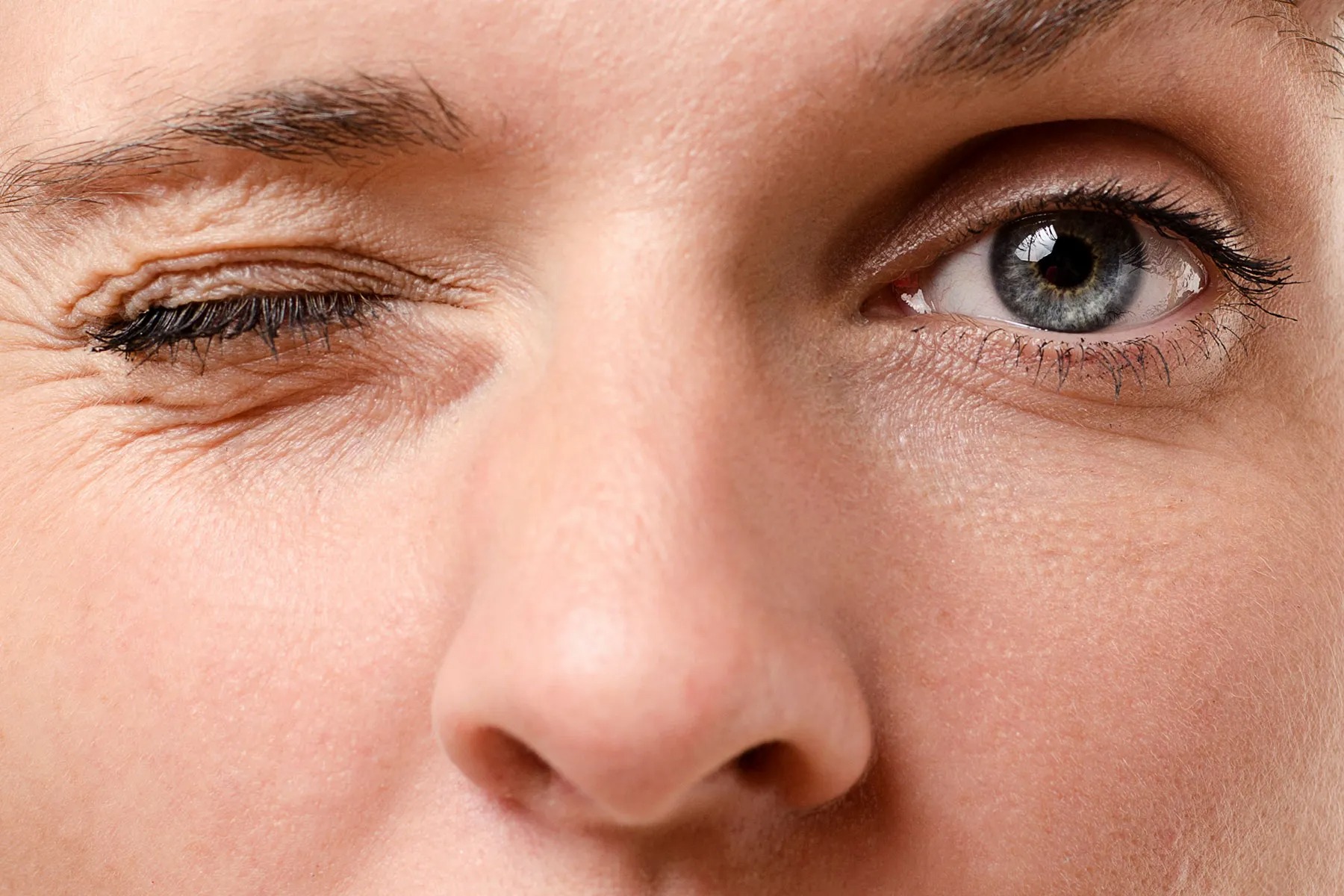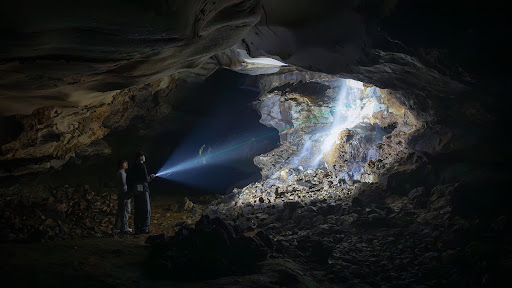Driving at night and during the day are very different kettles of fish, with distinct sets of challenges that you need to keep in mind behind the wheel – especially if you wear glasses. Getting on the road during the day has some obstacles, mostly related to glare from the sun or reflected off flat surfaces. After the sun goes down, the problems become a little more widespread.
This article will highlight some of the potential problems that come up in the evening, while also expanding on the importance of purpose-bought driving glasses for night trips.
Reduced visibility
The most important thing to keep an eye on is the reduction of visibility. Taking a night drive means rolling around under the cover of darkness, which makes it intrinsically harder to see. Even with your headlights, car visibility is limited to about 500 feet, which slows down reaction time.
As we age, we also lose our capacity for night vision. Our pupils get smaller, our peripheral vision gets worse and we lose some capacity to process speed and distance, making night driving harder in general.
Headlight glare
Headlights have come a long way, with LED and HID lights creating fairly intense brightness that can result in a blinding glare. This glare can throw drivers off, even completely compromising their vision, while if you don’t wear specific night time driving glasses a standard prescription can make it even more disorienting.
Driver fatigue
Nighttime is for sleeping… obviously. The circadian rhythm is a very real thing that needs to be respected. But that doesn’t mean we can always get around driving at night. Driving at this time will likely be impaired by slowed-down reaction times, dulled concentration and a general sense of sluggishness. It can be as dangerous as drunk driving, so make sure to take breaks.
The increased presence of impaired drivers
Drink and drug-impaired drivers are much more likely to be on the roads at night, especially during the weekend. This means that even if you’re minding your Ps and Qs properly, someone else’s mistakes could be dangerous. It’s important to be mindful of the drivers around you at night.
How to navigate nighttime roads safely
Driving at night is an essential in so many people’s lives, which is why it’s important to take some simple precautions.
Get some good night driving glasses
If you’re concerned about glare or find yourself up against debilitating brightness often, then you should invest in some good glasses or additions to your existing prescription. An anti-reflective or multi-anti-reflective (AR/MAR) coating is a powerful tool for reducing the reflections on the surfaces on your lenses. This results in a much cleaner, sharper and more comfortable point of view.
Yellow-tinted lenses are also a common choice for reducing glare, but their effectiveness is up for debate.
Keep your windows and mirrors clean
This one is pretty straightforward. Cleaner windows and mirrors will give you the clearest view and reduce glare from other vehicles’ headlights.
Drive cautiously
The roads might be a little emptier at night, but that doesn’t mean you can just throw caution to the wind and drive like you’re in a go-kart. Keep your wits about you, keep both hands on the wheel and keep your eyes on the road. Defensive driving at night is a wise practice.
Take breaks
If you feel tired, hungry or dizzy, listen to your body. Find the nearest service station, take a break, have a little nap, get some food or a coffee and straighten your head before taking the roads on again.
With these guidelines and tips, you should be able to drive at night with newfound confidence and safety!




